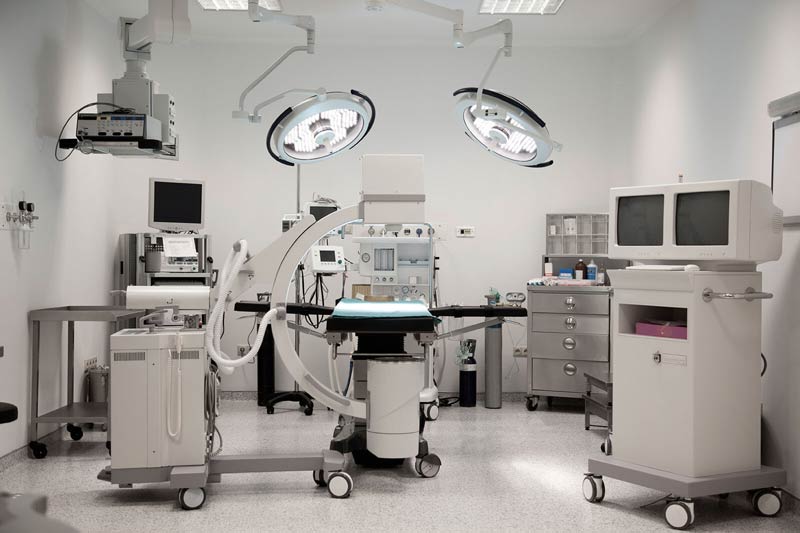PCB assembly, a critical process in the manufacturing of electronic devices, has played a significant role in the development of medical equipment. From diagnostic devices to life-saving equipment, PCB assembly has revolutionized the healthcare industry by enabling the creation of advanced and reliable medical devices. In this article, we will explore the importance of PCB assembly in the manufacturing of medical equipment.
Importance of PCB Assembly in Medical Equipment:
Precision and Accuracy: Medical equipment requires precise and accurate measurements to ensure accurate diagnosis and treatment. PCB assembly ensures the proper placement of components, minimizing signal interference and optimizing device performance. This precision is crucial for devices such as patient monitors, imaging systems, and surgical instruments.
Reliability and Durability: Medical equipment needs to be highly reliable and durable to withstand the demanding healthcare environment. PCB assembly ensures secure connections and proper soldering, reducing the risk of component failure and enhancing the longevity of the equipment. This is particularly crucial for critical care devices like ventilators and defibrillators.
Miniaturization and Portability: PCB assembly allows for the miniaturization of medical devices, making them more portable and convenient for healthcare professionals and patients. This is especially important for wearable devices, remote monitoring systems, and point-of-care devices that need to be compact and easily transportable.
Regulatory Compliance: The manufacturing of medical equipment is subject to strict regulatory requirements to ensure patient safety. PCB assembly processes adhere to these regulations, including standards such as ISO 13485 and FDA guidelines. Compliance with these regulations is essential to guarantee the quality and safety of medical devices.
Challenges in PCB Assembly for Medical Equipment:
While PCB assembly has significantly improved the manufacturing of medical equipment, it is not without challenges. Some of the challenges specific to medical equipment include:
Sterilization Compatibility: Many medical devices require sterilization before use. PCB assembly needs to consider the compatibility of materials and components with various sterilization methods, such as autoclaving, gamma radiation, or ethylene oxide treatment.
Biocompatibility: Medical devices that come into contact with the human body need to be biocompatible to avoid adverse reactions. PCB assembly must consider the selection of materials that are safe and non-toxic for the patient.
EMI/RFI Shielding: Medical equipment is often sensitive to electromagnetic interference (EMI) and radio frequency interference (RFI). PCB assembly needs to incorporate effective shielding techniques to minimize interference and maintain accurate readings and performance.
Future Trends in PCB Assembly for Medical Equipment:
The future of PCB assembly in medical equipment holds several exciting possibilities. Here are some trends to watch for:
Flexible and Stretchable Electronics: The integration of flexible and stretchable PCBs allows for the development of wearable medical devices that conform to the body, providing continuous monitoring and personalized healthcare.
Wireless Connectivity: PCB assembly is evolving to incorporate wireless connectivity, enabling seamless communication between medical devices, healthcare providers, and patients. This facilitates remote monitoring, telemedicine, and real-time data analysis.
Advanced Sensors and AI Integration: PCB assembly is incorporating advanced sensors and artificial intelligence (AI) algorithms to enhance the accuracy and efficiency of medical devices. AI-powered algorithms can analyze complex data and provide valuable insights for diagnosis and treatment.
PCB assembly has revolutionized the manufacturing of medical equipment, enabling the development of precise, reliable, and portable devices. From diagnostic tools to life-saving equipment, PCB assembly plays a critical role in the healthcare industry. As technology continues to advance, PCB assembly will continue to evolve, meeting the ever-increasing demands of the medical field and improving patient care.



